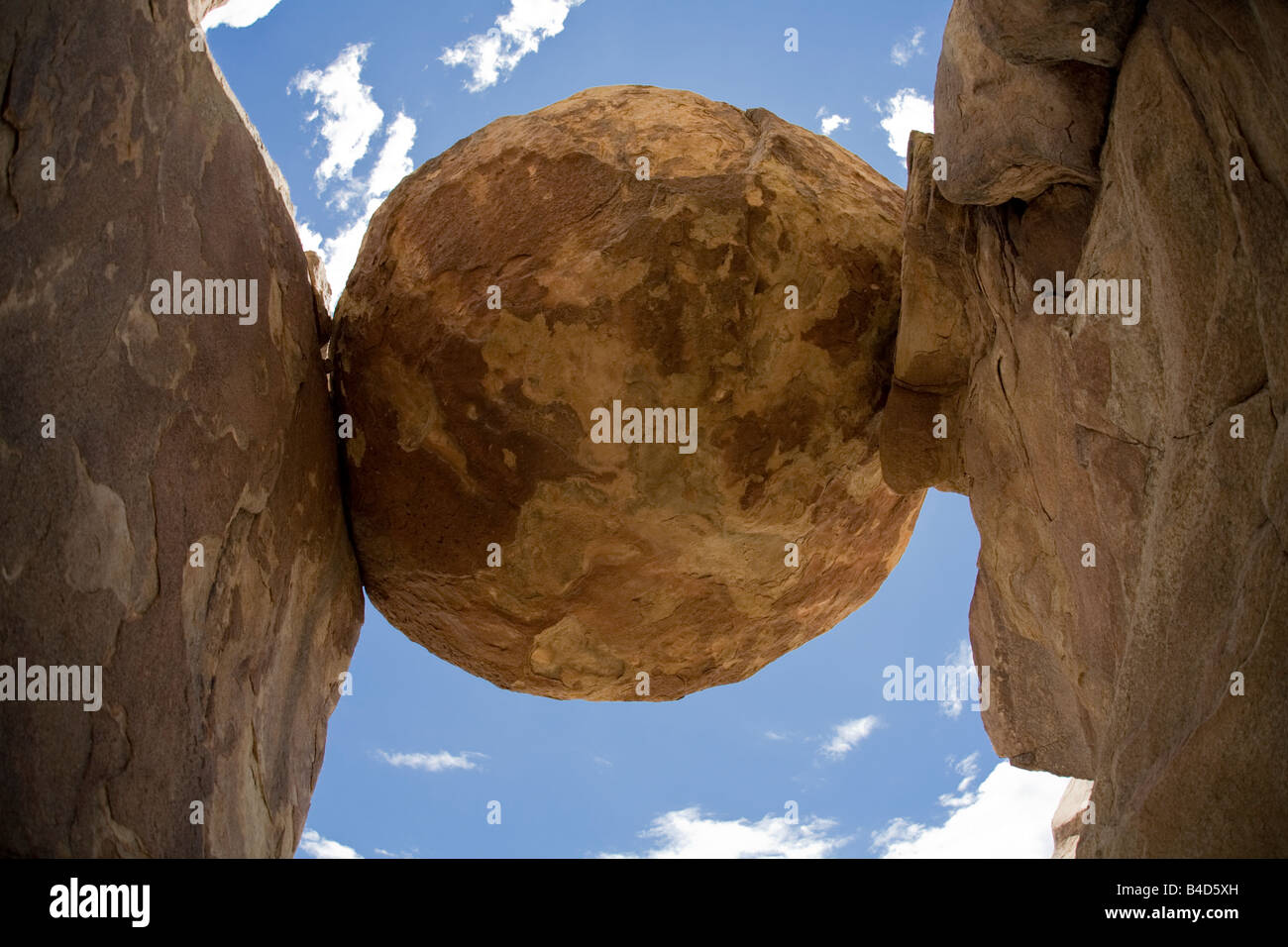
Fracked utah rock formation license#
Additionally, always indicate that theĪrticle has been re-published pursuant to a CC BY-NC 4.0 License and Always incorporate a link to the original version of theĪrticle on Stacker’s website.

Republished text - whether to Stacker, our data sources, or otherĬitations. Original source of the story and retain all hyperlinks within the
Fracked utah rock formation code#
To publish, simply grab the HTML code or text to the left and paste into Restrictions, which you can review below. Republish under a Creative Commons License, and we encourage you to To that end, most Stacker stories are freely available to Stacker believes in making the world’s data more accessible through You may also like: The best streaming services for sports in 2021 As technology advanced, these old contracts have come to light as energy companies constructed wells and infrastructure for fracking sites in the otherwise remote countryside and towns. When mining operations were done with steam or even horses, the use of “split estates”-when landowners agree to relinquish their rights to the minerals below ground while maintaining ownership of everything at ground level-was widespread. The Energy Information Administration reported that in the first half of 2021, 34% of dry natural gas production in the United States came from the Marcellus and Utica shale formations in Ohio, Pennsylvania, and West Virginia. The natural gas boom began in 2011, with the state experiencing a 50% increase in extraction every year since.

Change in natural gas gross withdrawals, 2000-2020 (from both fracking and other extraction methods): 882.3%Īs coal mining loses steam in West Virginia, fracking has spread throughout the state. You may also like: How communities are dealing with invasive species across the United States Keep reading to discover the 12 states where fracking is most prevalent today. These fracking wells represented about 67% of natural gas production and 51% of crude oil production across the nation. Water contamination and air pollution, and even heart attacks and reduced fertility, have all been linked to fracking, studies have shown.īetween 20, the number of hydraulically fractured wells in the United States leaped from 23,000 to 300,000, according to data from the U.S. This constant demand can lead to boom towns left with rampant unemployment, wells running dry, and potential health and environmental hazards. That dropoff means new wells have to be dug regularly to maintain supply. During a fracked well’s lifetime, output often drops in the first few years from more than 1,000 barrels a day to 100 barrels. On average, a fracking well can produce for 20 to 30 years, with some wells producing for far longer. Additional data on natural gas withdrawals from the Energy Information Administration is also provided, however, data on gas production exclusively from fracking is not available. States are ranked by 2020 data, the most recent complete year available. Stacker analyzed data from FracFocus, a national hydraulic fracturing chemical registry, to rank states with the most fracking wells. But opponents of fracking cite numerous environmental and health threats, from poisoned groundwater and the destruction of habitats to heightened ground-level ozone that can increase the risk of asthma and other respiratory issues.

Natural gas is significantly more productive than other fossil fuels, with a 92% efficiency rate between wellhead to home compared to 32% for coal. in the 1860s, followed almost a century later by what we recognize today as modern fracking. Hydraulic fracturing, or “fracking,” is a means of gas extraction that requires blasting large volumes of water, sand and chemicals into subterranean rock to drive out and capture natural gas.


 0 kommentar(er)
0 kommentar(er)
